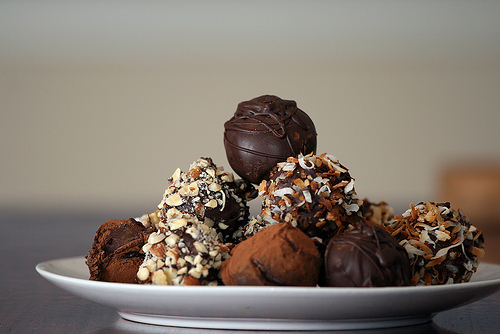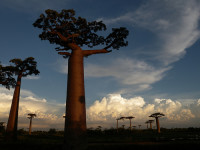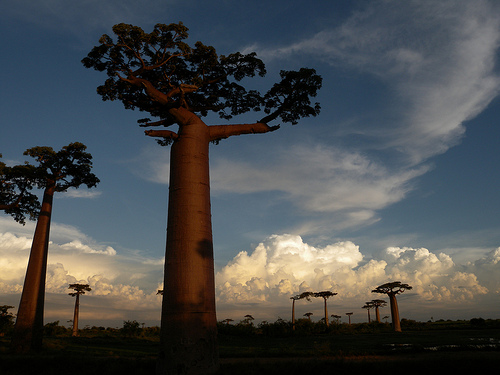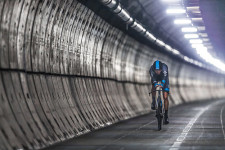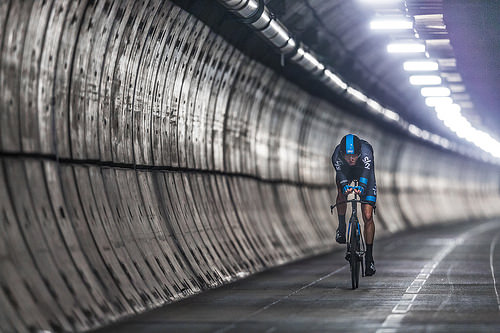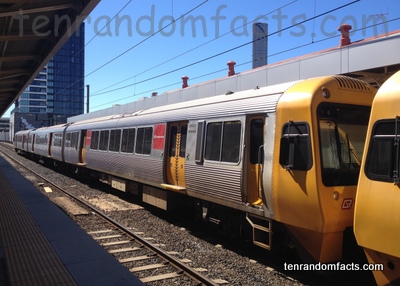
Is your mouth watering from the thought of a chocolate truffle?
- Chocolate truffles are confectionery sweets made primarily of a mixture of cream and chocolate, known as ‘ganache’.
- The term ‘chocolate truffle’ is derived from the edible tuber fungus known as a ‘truffle’, which shares a similar appearance to the confectionery.
- The internal part of a chocolate truffle is usually a soft ganache, that is generally coated or rolled in a covering of nuts, chocolate, icing sugar, coconut or cocoa powder.
- While its history is uncertain, one tale of the chocolate truffle invention points towards the inventor as master chef Auguste Escoffier, from France, or one of his young workers, who in the 1920s, accidentally placed heated cream in a bowl of chocolate.
- While traditionally chocolate truffles contain ganache, a heated and cooled chocolate and cream mixture, they sometimes consist of another filling, such as caramel, fudge, fruit, nuts or chocolate.
An Assortment of Chocolate Truffles
Image courtesy of David Leggett/Flickr
- In some areas, the 2nd of May is recognised by some people as National Truffle Day, and it is celebrated by eating chocolate truffles.
- To make chocolate truffles, hot cream is poured over chocolate pieces; gently stirred; allowed to cool; and shaped into balls that are then coated; although ingredients and methods differ in various countries.
- Despite its dubious origins, chocolate truffles are said to have originated in France, possibly existing as early as 1895, and created by Louis Dufour, while Antoine Dufour is believed to have popularised the confectionery through his shop in London, England.
- Chocolate truffles are traditionally roughly spherical in shape, due to the ganache being hand rolled into balls, although they can be purchased as cubes, cones, and in other forms.
- Chocolate truffles are generally considered a luxurious confectionery item, and they are commonly coloured either brown or white, depending on the chocolate used.
Bibliography:
Chocolate Truffle, 2015, Wikipedia, http://en.wikipedia.org/wiki/Chocolate_truffle
The History of Chocolate Truffles, 2015, The Nibble, http://www.thenibble.com/reviews/main/chocolate/chocolate-truffle-history.asp
History of a Truffle, 2013, Asher’s, http://www.ashers.com/blog/2013/05/history-of-a-truffle/





